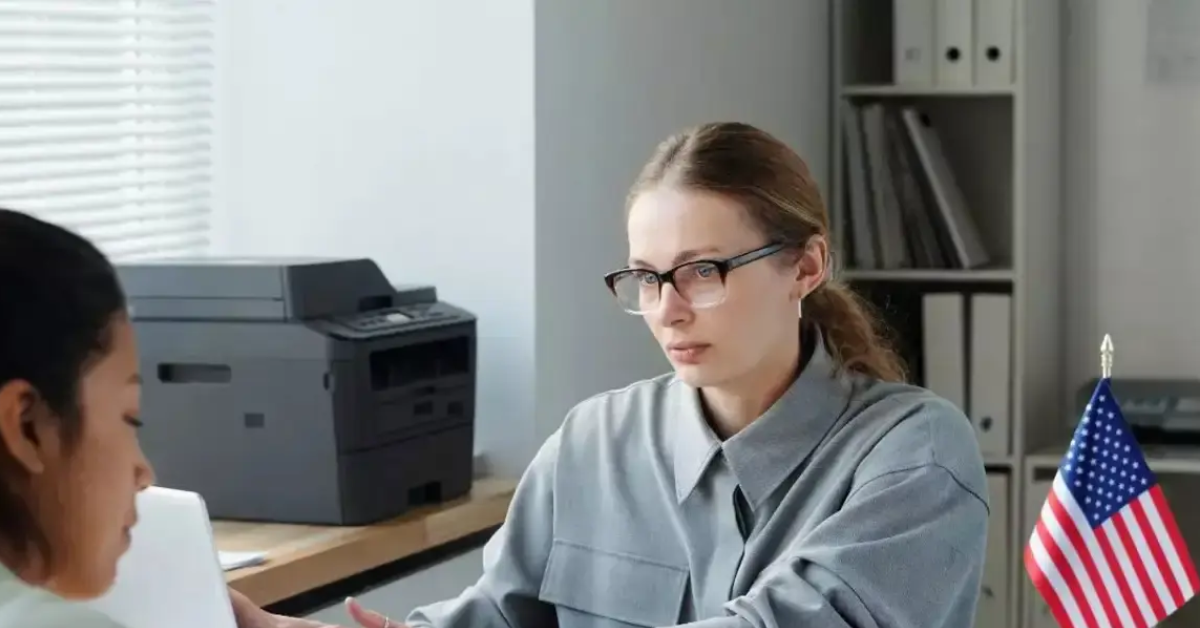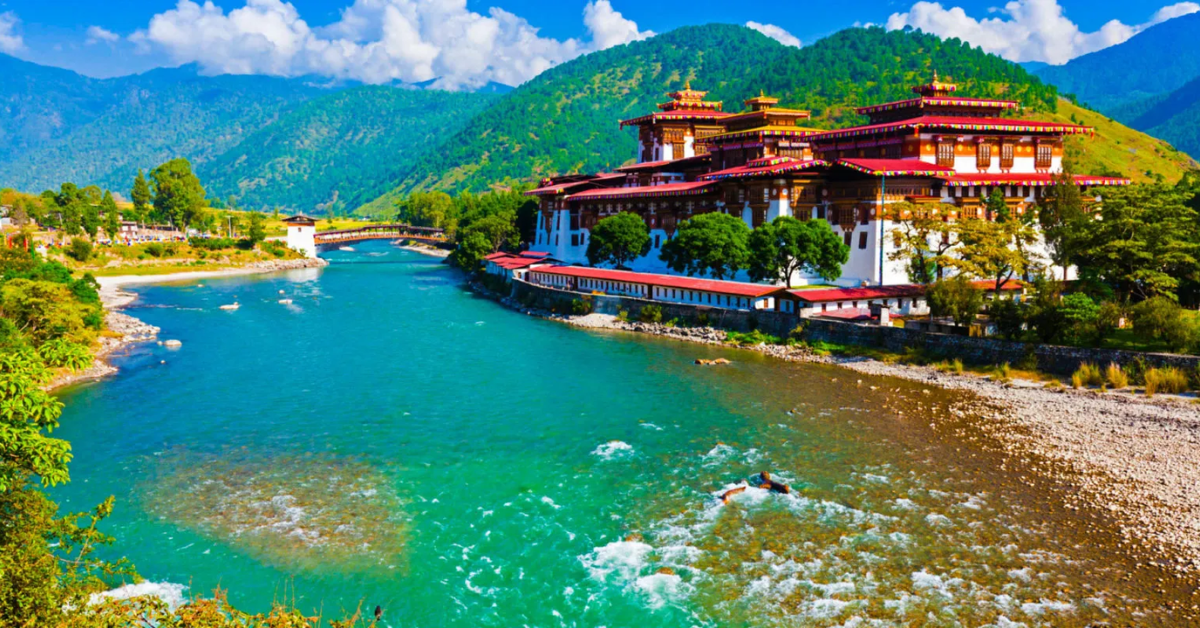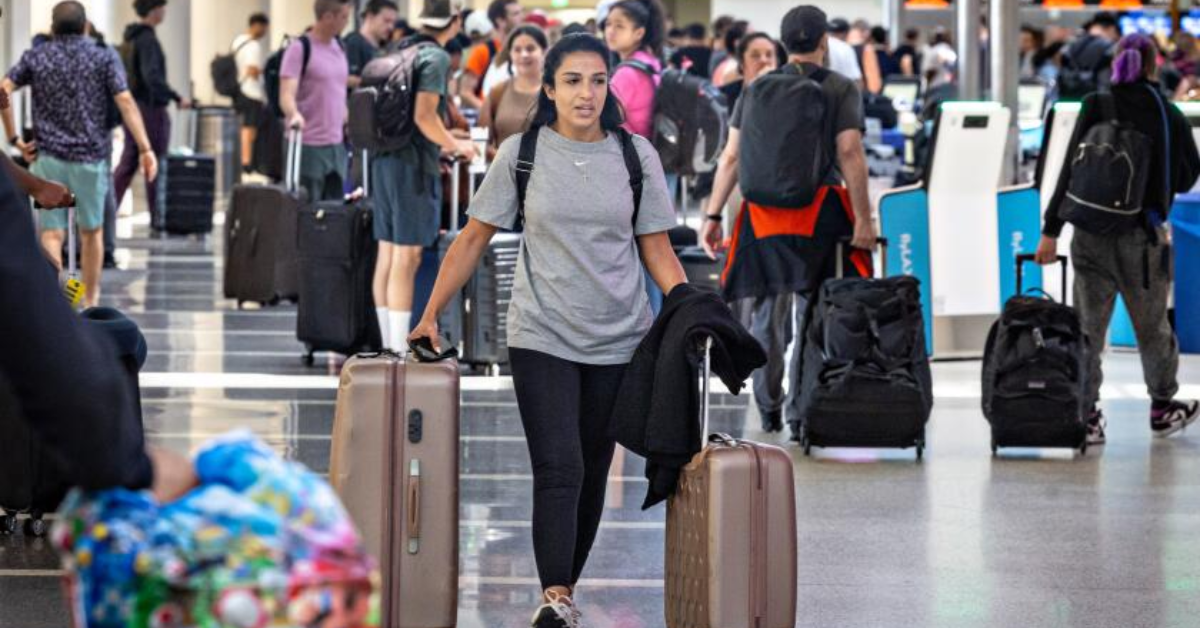The U.S. has introduced a new visa policy that directly affects Indian travelers. From now on, all Indian applicants must schedule their visa interviews within India, eliminating the option to attend interviews in third countries. This change is creating a stir among tourists, business travelers, and students who frequently travel to the U.S.
This update comes at a time when many Indians are eager to explore study, work, and tourism opportunities abroad. The adjustment means visa seekers will need to navigate longer waiting times for interview appointments and prepare to complete all formalities within their home country. Understanding this shift is essential for anyone planning a trip to the U.S.
What Exactly Has Changed in the U.S. Visa Policy?
According to the U.S. Department of State, the new policy requires Indian visa applicants to apply and attend interviews only at U.S. embassies or consulates located within India. Previously, Indians could choose to attend interviews in other countries, such as the UAE or Canada, which often had shorter wait times or more convenient scheduling options.
This move aims to streamline and strengthen visa security procedures by ensuring applicants are processed closer to their home jurisdiction. The U.S. embassy in New Delhi and consulates in Mumbai, Chennai, Hyderabad, and Kolkata will handle the increased interview demand.
Impact on Indian Tourists and Travelers
For Indian tourists and business visitors, this policy change could mean delayed travel plans and more waiting. Many relied on third-country interviews to avoid long queues or to fit travel around international schedules. Now, with all applications centralized in India, longer appointment wait times may become common, especially during peak travel seasons.
As reported by [The Times of India](https://timesofindia.indiatimes.com/india/us-restricts-indian-visa-interviews-to-india/articleshow/101234567.cms), visa applicants should prepare for longer processing periods and should plan their travel schedules accordingly. Early application submissions are now more critical than ever.
Why Did the U.S. Make This Change?
The U.S. government states that this policy realignment enhances national security and allows for better applicant screening. The Department of State’s official announcement highlights that processing visa interviews in an applicant’s home country ensures better documentation checks and fraud prevention.
Furthermore, this also allows U.S. consulates in India to improve their local services with a clearer understanding of community needs. However, these benefits come with the trade-off of increased waiting times and reduced flexibility in interview locations.
How to Prepare for Your U.S. Visa Interview in India
Applicants are advised to book appointments as early as possible through the official U.S. travel site. Detailed preparation for the interview, including gathering all necessary documentation and practicing common questions, remains vital. The U.S. visa application website ([ustraveldocs.com](https://www.ustraveldocs.com/in/)) offers thorough guidance on the updated process.
Additionally, keeping track of appointment availability and visa processing updates from official channels can help avoid surprises. Being proactive ensures smoother visa processing despite the new constraints.
Alternatives and Workarounds
Some travelers may explore alternative visa types or programs that might not require mandatory interviews or may have faster processing times. Consulting with travel agents or visa experts can provide personalized advice based on individual circumstances.
However, for most standard tourist or student visas, this policy change is strict and unavoidable. Staying informed through credible sources like the [U.S. Embassy India website](https://in.usembassy.gov/) is the best approach.
Conclusion: What This Means for Indian Travelers
The shift to requiring visa interviews exclusively within India is a significant change in U.S. visa policy. It aims to enhance security but may cause inconvenience due to longer wait times and fewer location options. Indian travelers must adjust their plans, apply early, and stay informed to navigate this new scenario effectively.
For young travelers especially, clear communication, early preparation, and patience will be key to managing the effects of this policy on travel and study dreams in the U.S.







